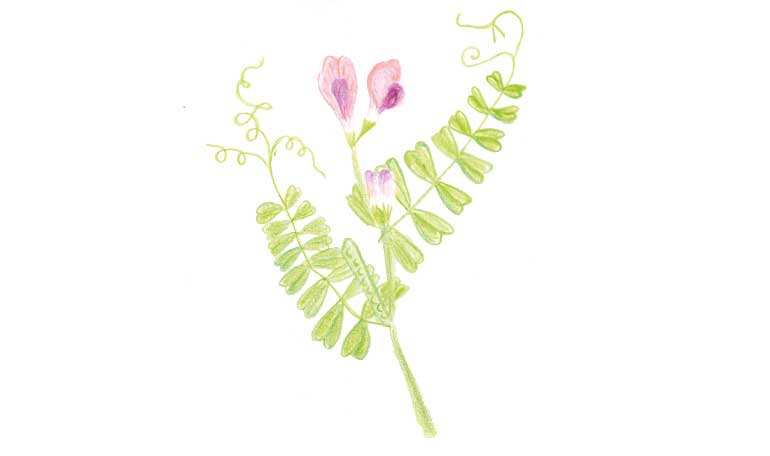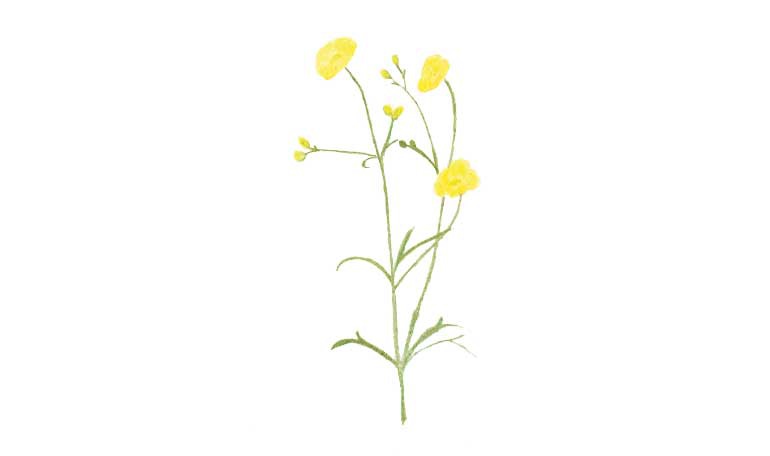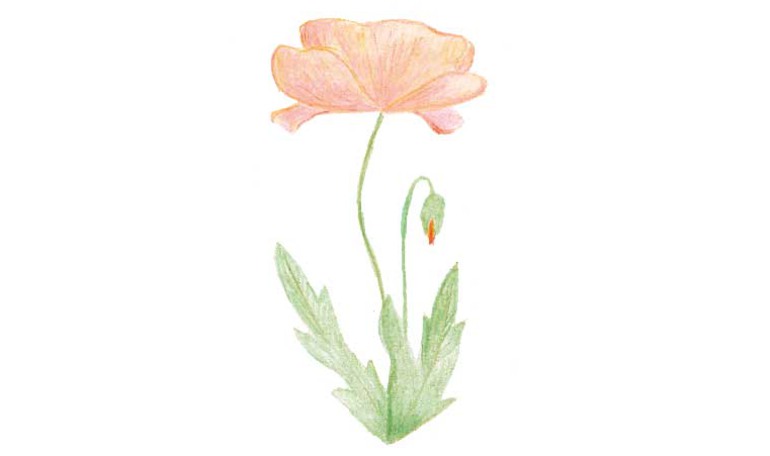How do you, within given frameworks, spark pupils' interest and arouse their curiosity in compulsory school? Read more down below to learn about my experience from teaching in the compulsory school for 25 years.
According to my experience, there are three major factors that influence children finding joy in music lessons:
- A passion for what I teach
- Relationship building with the children
- Providing lessons filled with music and variation From this perspective, I find that the Eurhythmics method sets a very good foundation.
I chose to have flowers as a metaphor in my theme because children are like precious seeds. They need sun, water and a good soil to stand in. Then they can grow in their own way to become beautiful flowers. So, take a stroll in my flower garden and hopefully you will get inspired!
My thoughts on teaching in the compulsory school
I have worked in the compulsory school for over 25 years, teaching music in years one to nine. Here, I have had to adhere to the governing document that the Swedish curriculum entails. There is a large amount of material and skills that pupils must acquire during their school years. The curriculum is more goal oriented than content oriented. In the syllabus for a subject, it states what knowledge and skills the pupils should have acquired when they have gone through the nine mandatory school years.
Aim:
Teaching in the subject of music must give pupils the conditions to develop;
- ability to sing and play in different musical forms and genres,
- ability to create music and express and communicate thoughts and ideas i musical form, and
- ability to experience and reflect on the content, function and meaning of music i different social, cultural and historical contexts.
Core content:
Activities that are mandatory to teach. Below is a small selection.
- Singing and playing in various forms: choral singing, canon and antiphon, and ensemble playing in different genres.
- Imitation and improvisation with movement, rhythm and tones.
- Music that connects to the pupil’s everyday and formal contexts, including the national anthem and some of the most common psalms, as well as insights into Swedish and Nordic traditions in children’s songs.
- Rhythm, tone and dynamics, pitch, tempo, periods, time signatures, verse, chorus and chords as building blocks to make and compose music in different genres and with different instrumentation.
- Digital tools for music creation, recording and processing.
- Musical symbols and notation systems, notes, tablatures, chord descriptions and graphic notation.
- Sound and music’s physical, conceptual and emotional impact on people. The functions of music to signify identity and group affiliation in different cultures, with a focus on ethnicity and gender.
- Classical music, folk music and popular music from different epochs. The emergence of different genres and important composers, songwriters and musical works.
Knowledge requirements
To measure the pupil’s knowledge and skills with descriptions for the different grades.
It may seem restrictive that someone else decides which goals to work with, but within the framework there is still a lot of freedom and it is possible to apply the Eurhythmics method in most areas.
As a Eurhythmics teacher, and therefore a qualified music teacher, I have learnt to utilise a holistic approach and I apply this working method to my teaching. It also connects well with Gardner's theory of multiple intelligences (1983 Howard Gardner Frames of Mind - The Theory of Multiple Intelligences). Three of these intelligences connect closely with the Eurhythmics method: Musical intelligence, Visual/Spatial intelligence and Bodily/Kinesthetic intelligence. I work on creating context for the pupils. This means that I plan most of my lessons with many components from the curriculum, not just music theory or singing.
For example, if a work area over a few lessons is to be about the genre of jazz, topics can include music history, instrument knowledge, music theory basics, singing, dance/movement, music making, ensemble playing and improvisation. I have seen that my way of working as a Eurhythmics teacher provides great opportunities to capture the pupils' interest and arouse their curiosity. During the lessons, the tempo, activities and dynamics are varied, giving the pupils greater concentration and attention.
I also work a lot with imagination and creativity by having the pupils create movement, sounds, compositions and texts with different themes. I also try to surprise them, and frame different tasks in different ways. This could be preparing an instrument listening task. The instruments are hidden behind a piece of cloth that has been hung up. When the pupils enter the room, they are immediately curious and try to guess what might be behind the fabric. Another example could involve the pupils creating texts in small groups and then setting them to music. I could let them write freely, but it is often a little less productive and they have difficulties getting started. Instead, I usually write down, for example, a recipe for chocolate cake, a weather forecast, a multiplication table or an exercise program. I make nice paper rolls out of these with pretty ribbons around them and put them in a basket. I have the pupils from each group draw a roll and then they get to write their lyrics based on the source of input they got.
Another very important aspect is that the pupils should be able to feel safe in the classroom. That includes fixed seating, clear routines and framing of the lesson. Also, the performance requirements should not be too high. Of course, I will challenge them to develop skills and to become confident, but that doesn't mean that one can't make mistakes or have setbacks.
An amazing part of my Eurhythmics teacher training was the monthly concerts called Skiss (Sketch). The opportunity was given to play different pieces of music, own arrangements, show movement compositions, dances, etc. Completely finished pieces could be shown, some things could even be an examination. Even pieces that were not finished at all, but works in progress, were shown. You could also, if you wanted, get constructive criticism from the audience. I have applied this thinking in my classroom by often letting the pupils show their ideas to each other, both finished and unfinished. I train the pupils to give constructive criticism where appropriate.
In conclusion, I could say that being a Eurhythmics teacher in the compulsory school system is a perfect match!
Ingela Kågebo
Kungl. Musikhögskolan i Stockholm

The European Commission's support for the production of this publication does not constitute an endorsement of the contents, which reflect the views only of the authors, and the Commission cannot be held responsible for any use which may be made of the information contained therein.




